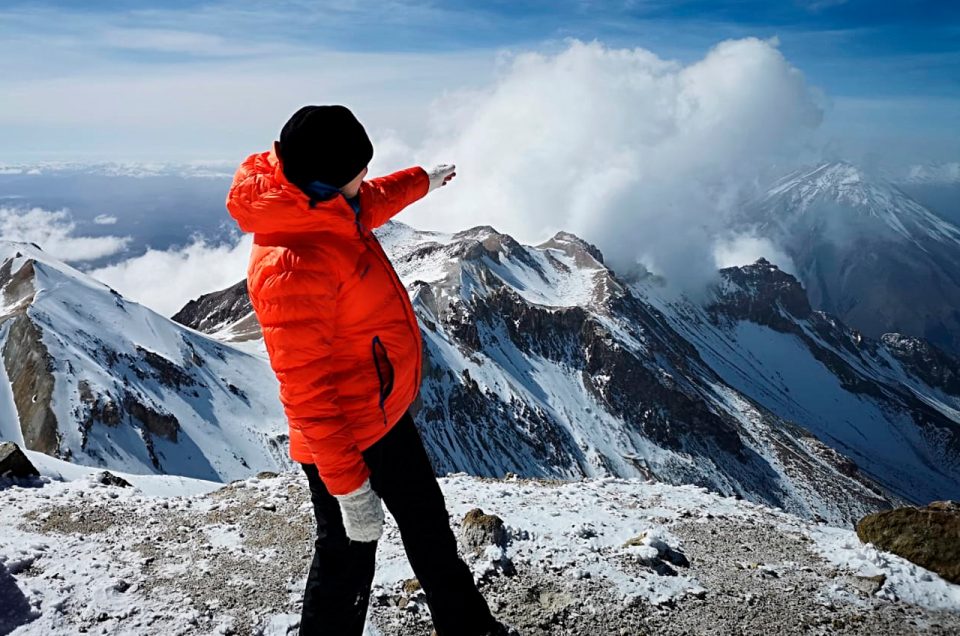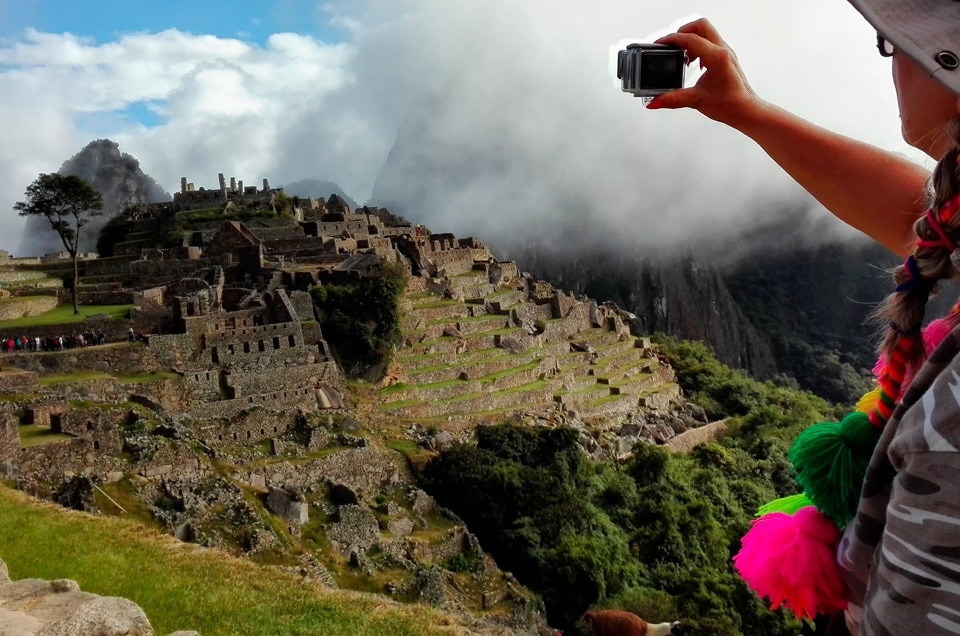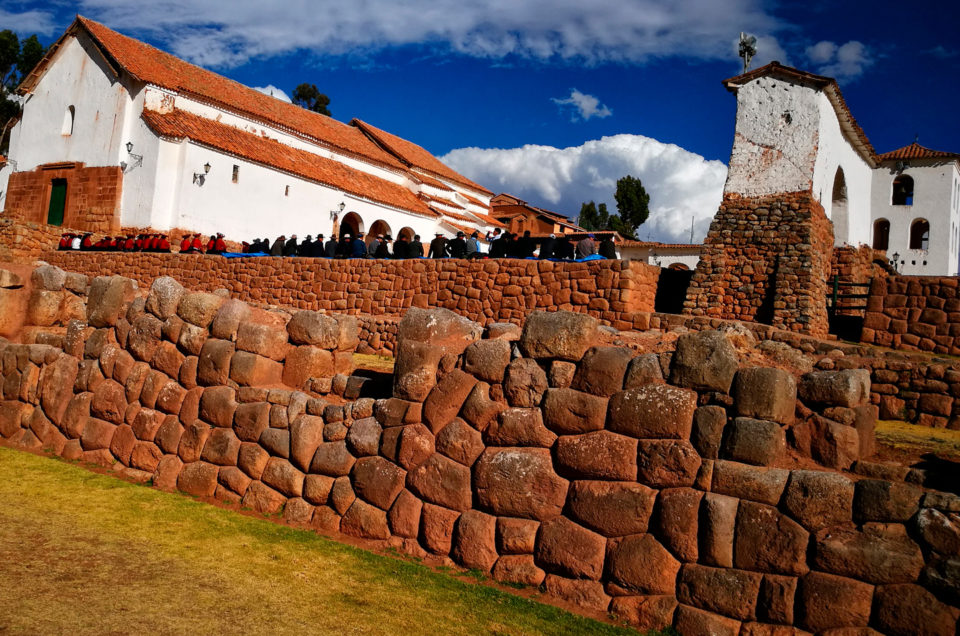Every country is governed by its laws, it is quite natural in my opinion. Sometimes, however, the differences, including primarily cultural and moral ones, are quite different and difficult to understand. This, at least at the beginning of your travel adventure, can either be very positive, or give rise to certain disappointments or even serious problems. Finally, before coming to any foreign country, you should learn about the biggest cultural and overall differences existing in particular place.
What will surprise you after arriving to Peru?
What are the differences that can be seen at first glance in Peru?
Traffic and sound signals, namely the role of a horn
Many people appearing on the Peruvian streets for the first time, have the impression that they will turn deaf in a moment. And all thanks to the horns. As it turns out, horns in Peru have a lot more features than one may think.
Let me give you an example. In Poland, the rules for the use of the driver’s sound signal are regulated in the Road Traffic Law, in Art. 29. Under this provision, any driver of a vehicle may use a beep sound only when a danger warning is required. It is forbidden to abuse the sound signal or to use a buzzer in an urban area unless it is necessary for immediate danger. In my opinion, the Polish drivers are obeying those rules to the quite high extent, at least when I compare them to the Peruvian ones. Except for some particular situations, I did not feel any “horn abuse” on Polish roads so far. The situation looks completely different on the Peruvian roads. Here the beep is a constant element of reality, used by drivers much more often than one would have expected.
Where does the difference come from? First of all, it results from the fact that the horn in Peru serves not so much as a warning of danger, more as a way to communicate with passers-by. On Peruvian roads, you can definitely find more taxis than private cars. And these, in case they are empty, must necessarily communicate with the passers-by. Thanks to this, a potential customer may spot the taxi faster and use its service. To sum up, while walking along the Peruvian streets, or rather the sidewalks, we will hear the sound of a horn hundreds of times, as the taxi driver will try to inform us about his readiness to pick us up.
The second very popular reason for the use of the sound signal by Peruvian drivers, is simply connected with stress. In Peru, traffic jams are overwhelming, especially in larger cities. You can hardly find patient drivers who would understand this situation and wait politely in a long car rows, as we do it Europe. Unfortunately, drivers in Peru lose their patience quite quickly and are willing to communicate this fact to other users of the road by using a horn. So in the so-called rush hours, the street is usually very noisy.
Pedestrians never have priority on the road!
Apart from the official Peruvian road regulations, let’s move on to a reality that is quite different from the paragraphs. First rule: never try to cross the street when you are not sure about the emptiness of the road. Peruvian drivers, in general, do not seem to notice the pedestrians trying to cross the street. So, for the sake of your health and well-being, please wait patiently until all the cars pass. Do not try to push yourself into the street, it is a huge threat to your safety! Accidents at zebras in Peru are much more common than in Europe, so it is worth knowing the local customs when it comes to traffic rules.
It is also worth remembering that whenever you have a green light in Peru, it does not necessarily mean that you could be less careful. In general – vigilance should be maintained in every situation, no matter if with, or without the traffic lights. Drivers turning right very rarely respect the green light and try to drive in between the pedestrians. It is a complete chaos.
Music on buses
We already talked about the street sounds and means of transport, let us now move to the related, but more a little bit more pleasant topic. Anyone who will have the opportunity to travel by public, private or long-distance transport will immediately notice something that in many other countries will simply never appear. It’s about the sounds of music that fill every public bus, long-distance bus or taxi. In general, I think the habit of putting the music loud is the nice custom. Whatever the taste, the music makes our lives more pleasant. I definitely recommend you trying public transportation in Peru and falling in love with the specific Peruvian rhythms.
Toilet paper
When coming to Peru for the first time, I heard many advices when it comes to toilet paper, namely that I should take some with me as the price of it in Peru is very high. Luckily, I did not listen to those advice simply because I did not find the place in my fully packed backpack. I turned out, that finding the toilet paper on the spot is super easy and the price is just as normal as anywhere else in the world
Another issue is the fact that this toilet paper is usually not available at many local bars and restaurants. In the end, having your own toilet paper is always a great idea in Peru. Just in case…
There is another issue related to toilet paper. The point is that this paper, under any condition, could be thrown into a toilet. This rule applies not only to Peru, but also to other South American countries. Funny? Probably at first glance it is, but the case in fact is not that funny after all. Please, never throw anything, including the paper into the toilet. Any mistake in this regard can easily prevent you from using the toilet for the subsequent time. You will spot the clear, written message in regard to this in almost every toilet in Peru. My ultimate advice is, simply accept this rule and enjoy your clean toilet :-).
Fireworks not only for the New Year
As a rule, at least in Poland, we watch fireworks only on the occasion of entering the New Year or on the occasion of great holidays, events or public concerts. The use of fireworks is slightly different in the former Inca country. Here one can disupte about their considerable abuse. Fireworks are a constant element of the Peruvian reality. They are used at any time, at any, even the smallest occasion. Starting with birthdays and ending at funerals.
Animal world – let’s talk about dogs
Strange or not, there are many stray dogs in Peru. No matter if in small or big cities, there are relatively large number of them on the streets. You can find all different kinds of them, some are very mild, and other might be dangerous. The ones living in the towns are rather friendly. You should be more careful when walking around the countryside. Even if they do not hurt you, you may become quite scared by the huge amount of the dogs approaching you and barking loudly. I recommend you to stay cautious and prepared. Where do you come across the stray dogs more often? First of all, in small towns, in the proximity of other animal herds, and almost always in the area of Andean villages.
No heating system at homes
I have some really bad news for anyone enjoying ever present warm surroundings. Peruvian homes do not have any heating system (however, it is slowly changing for good). Of course, you can get an electric or gas heater, but the costs involved are quite high. It is also worth remembering that as you are planning to travel to Peru in the cheapest possible way, there will not be any kind of radiator in a hostel. Be prepared for fresh, cold nights. In order to warm yourself up you should get equipped with a sleeping bag and additional layers of clothes.
Cold water in the kitchen
Those who come to Peru only for a moment, probably will not have a chance to try cooking anything in a Peruvian kitchen. The interesting fact is, that the kitchens are equipped only with cold water. Washing the dishes in pleasant and comfortable setting is just impossible. Believe me, you will hate it. I generally like to do kitchen activities, but when I first came to Peru, my attitude has changed dramatically.
Interesting Facts About Peru – coming soon!
Please let us know, if you have any other Peruvian differences and peculiarities in mind. They will surely be of a great use for anyone planning his or her travel to Peru








